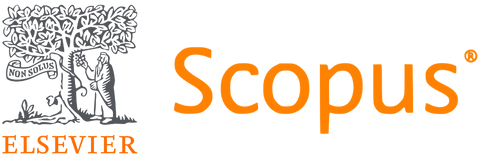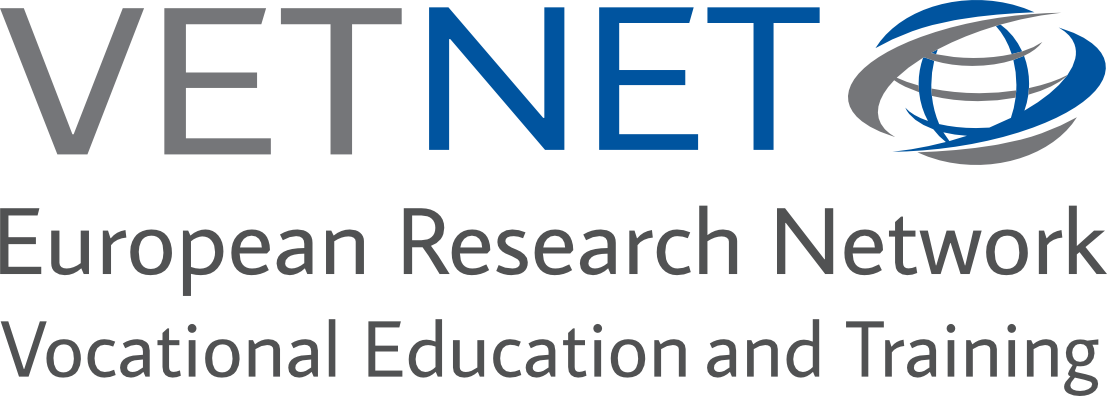Job (In)Security and Workers’ Training Decisions: A Framing Approach
DOI:
https://doi.org/10.13152/IJRVET.7.3.6Keywords:
VET, Vocational Education and Training, Further Training, Training Investment, Employability, Employment Security, PerceptionAbstract
Context: In this study, we attempt to contribute to the scarce evidence about the relationship between perceived labour market insecurity and worker training investments. Drawing on existing research into framing in decision-making, we investigate whether framing the labour market as insecure increases the willingness of workers to invest in training. We also investigate whether this effect is larger when training contract terms are favourable, such as when training is done mostly in an employer’s time, or when no payback clause is included.
Approach: Data are gathered through a vignette-study under a sample of senior Dutch students, with experimental manipulation of frames. Respondents are given a questionnaire in which they are asked to imagine themselves working for a fictitious firm (but presented to them as real). The security/insecurity frames are elicited by randomly stressing either the positive or negative side of a series of events related to the labour market position of people working in this firm. Respondents are then asked to respond to five vignettes, each of these a randomly generated combination of training contract terms. For each vignette, respondents are asked to state whether or not they would be willing to go along with the specified training program under the conditions outlined in that vignette. Data are analysed with multilevel logistic regression.
Findings: The willingness to train is not invariably greater under an insecurity frame. Instead, we find a crucial interaction: the willingness to train is greater under an insecurity frame when training-contract terms are favourable (e.g when no payback clause is included), but smaller when training-contract terms are unfavourable. Since the positive and negative effects are approximately equal in size, in a balanced design such as ours they cancel each other out, resulting in a close to zero overall effect for the frame variable.
Conclusion: Our results suggest that, when workers are aware of the insecurity in their situation, this only makes them more willing to follow training when the risk of losing their investment is low.
Downloads
Online First / Final Publication Date
How to Cite
Issue
Section
URN
License
Copyright (c) 2020 Pascal Kamphuis, Arie C. Glebbeek

This work is licensed under a Creative Commons Attribution-NonCommercial-NoDerivatives 4.0 International License.





